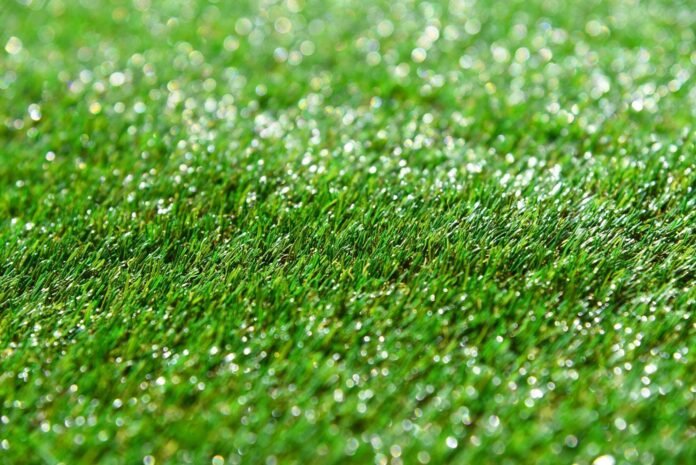Have you ever looked at a lush, green lawn and wondered how to get that perfect look for your own outdoor space?
Choosing the right turf can feel tricky with so many options promising beauty and durability. The right choice can turn your yard into a space for play, relaxation, and pride. Whether you want a natural feel or a low-maintenance solution, understanding what suits your needs best is key.
This article will guide you in selecting the perfect turf for your outdoor space.
Understanding Your Climate
The first step in selecting turf is knowing your local climate. Warm regions benefit from grasses like Bermuda or Zoysia, which handle heat and sun well. Cooler regions are better suited for Fescue or Ryegrass, which stay green and strong in lower temperatures.
Climate affects how turf grows, how often it needs water, and how long it stays healthy. Choosing a type that matches your conditions reduces maintenance and prevents patchy growth. The right match ensures a consistent, lush lawn through seasonal changes.
For those exploring climate-suited options, premium sod and grass varieties provide a range of durable choices designed to thrive in both warm and cool environments.
Evaluating Sunlight and Shade
Sunlight plays a major role in how turf performs. Some varieties thrive in full sun, while others can survive in partial or full shade. Observing your yard throughout the day helps determine how much light it gets and what grass will thrive there.
Shade-tolerant options like Buffalo or certain Fescue types are ideal for low-light areas. Full-sun grasses need at least six hours of direct light to grow dense and green. Balancing your selection to your yard’s light pattern ensures even coverage and color.
Testing and Preparing Soil
Healthy soil supports strong turf growth. Before laying grass, test your soil’s pH and texture to understand its condition. This helps identify if you need to adjust it with compost, sand, or other amendments.
Soil that drains well prevents root rot and disease. Poor or compacted soil can lead to weak turf and patchy areas. Preparing the ground properly ensures roots grow deep and the lawn stays resilient.
Matching Turf to Foot Traffic
Different turfs handle wear and tear in different ways. High-traffic areas like play zones or paths need tough options such as Kikuyu or Couch grass. Softer, finer grasses work better for decorative or low-use lawns.
Durability ensures your turf keeps its shape even with heavy use. Weaker grasses can thin or die out if trampled too often. Choosing based on use keeps your lawn looking even and healthy year-round.
Balancing Maintenance Needs
Maintenance should fit your lifestyle and time. Some turfs require frequent mowing, watering, and feeding, while others stay neat with minimal care. Drought-tolerant options can save effort and reduce water use.
Low-maintenance grasses work well for busy households or large spaces. High-care varieties reward attention with dense, lush growth but demand more effort. Knowing what you can manage helps you make a practical, lasting choice.
Green Dreams Begin Under Your Feet
A beautiful lawn is more than just grass; it is an extension of your home and lifestyle. The right turf can bring life, comfort, and balance to any outdoor space. It transforms bare ground into a space that welcomes both quiet mornings and lively gatherings.
Every choice you make, from texture to color, creates a story of care and creativity. Let your turf be the foundation where comfort and nature meet.
Did you learn something new from this article? If so, be sure to check out our blog for more educational content.
